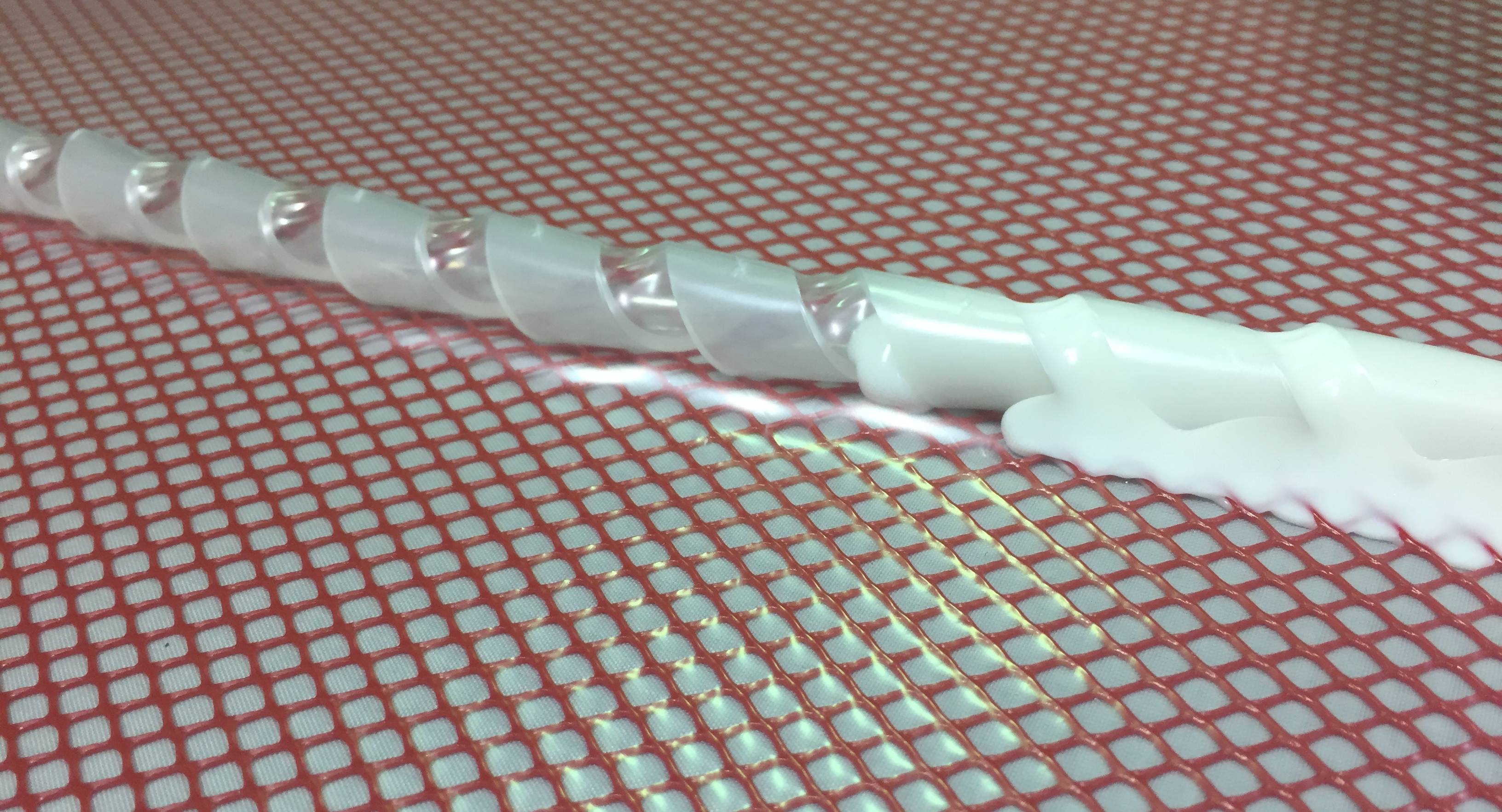Handling of Nanoparticles
The Composites and Plastics Lab uses different types of industrial nanoparticles such as nanoclays and Hollysoite Nanotubes; and engineered nanoparticles such as carbon nanotubes. These dry nanoparticles are dispersed within liquid thermoset resins using different mixing techniques such as high-shear mixer, sonication, centrifugal mixer, and low-shear mechanical mixer. These nanomodified resins are further used in composite manufacturing processes such as vacuum infusion and compression molding.
Special care is taken while handling and storing dry nanoparticles. Handling dry nanoparticles in open atmosphere is not allowed. Two methods have been developed to handle dry nanoclays and dry carbon nanotubes.
Specialized Glove Box for Nanoclays
Dry nanoclays are stored and handled in a specialized glove box. The experimenter has to mix dry nanoparticles in the liquid polymer resin or solvent inside the glove box and then should only transfer to other equipments such as high-shear mixer or centrifugal mixer. The high-shear mixer is kept under a fume hood at all times. There is a defined protocol to be followed based on material system.
Specialized Nanoparticle Containment Room
Handling of dry carbon nanotubes imposes certain health hazards. We do not allow the use of carbon nanotubes in the glove box. These classes of materials should be isolated from other lab areas in the portable clean room referred to as the Nanoparticle Containment Room.
Half-mask Respirators and "Pulmonary Function Test"
Experimenters have to use half-mask respirators while handling dry nanoparticles. The appropriate filters are used. The log of “use of filter“ is maintained. The filters are not used more than its specified expiration time. There is a special training on use of respirators. All faculty, staff, and students before using respirators have to take this training and also Pulmonary Function Test that can be taken on campus at the Department of Respirator Care. Unqualified people are not allowed to use the respirators and in turn are not allowed to experiment with dry nanoparticles.
